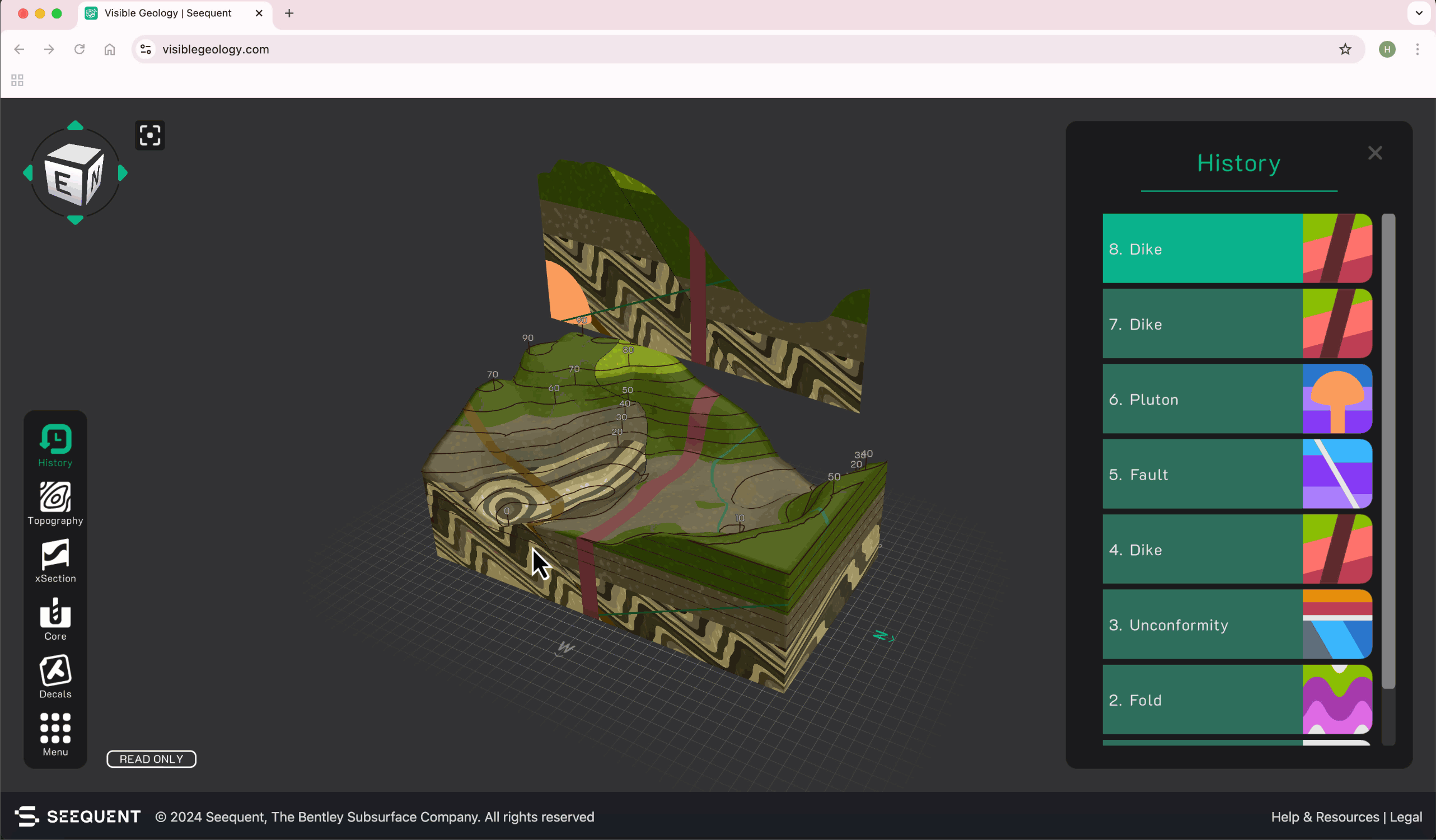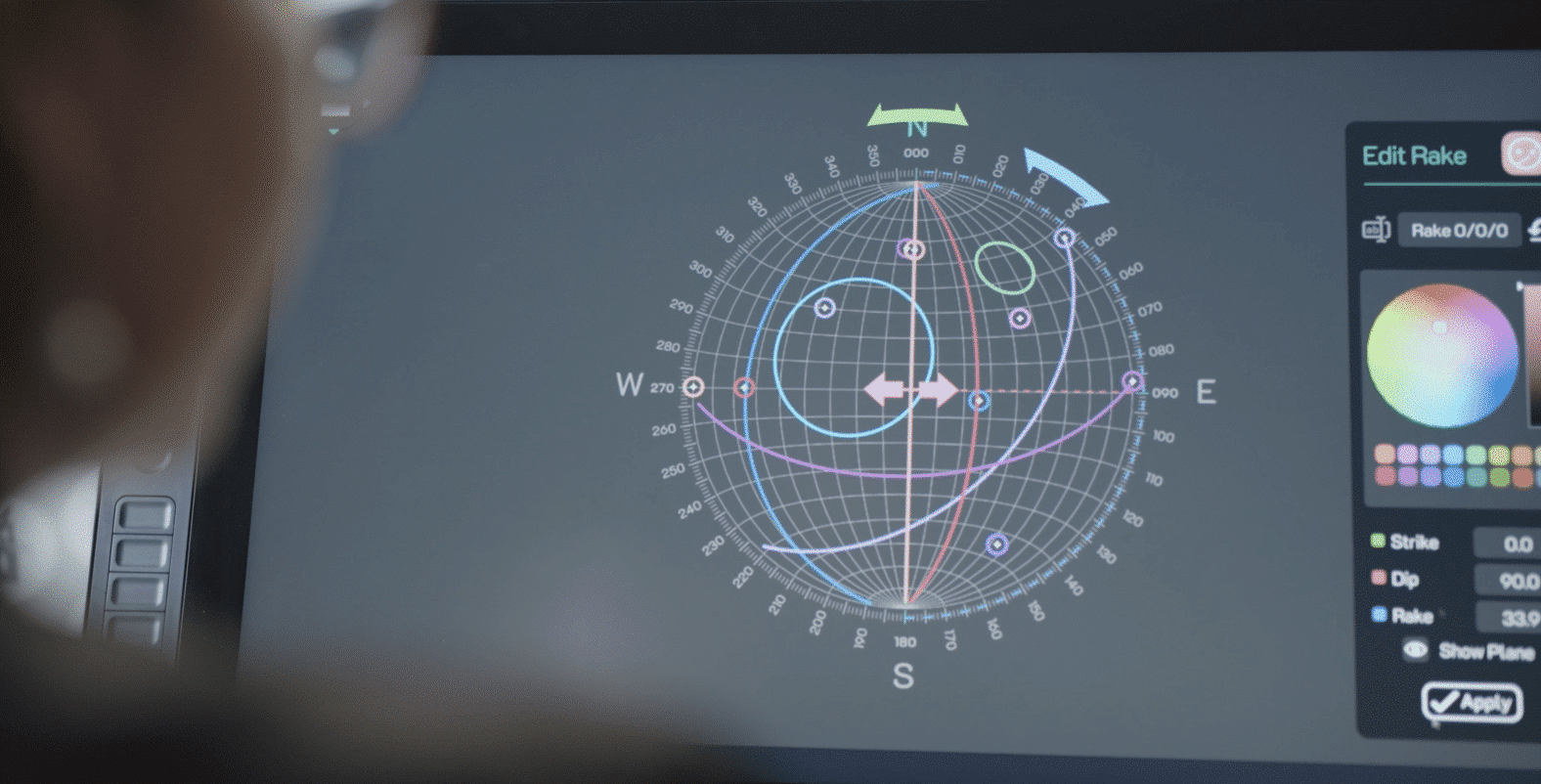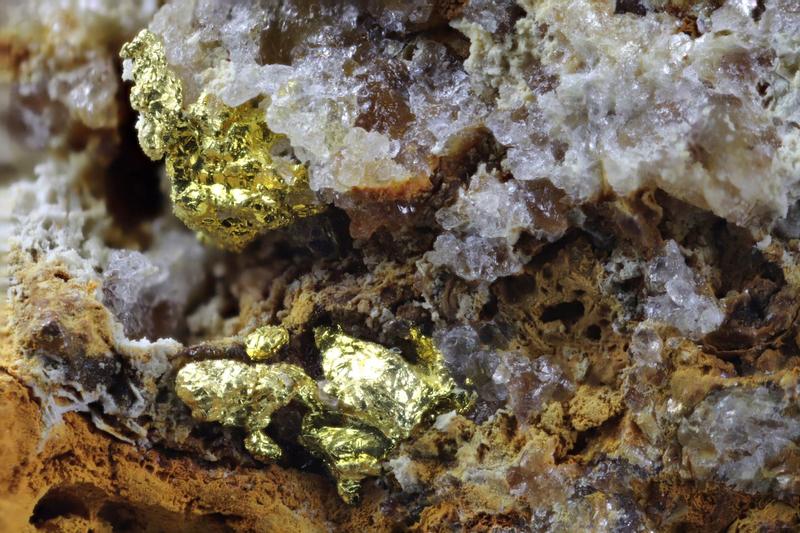In recent years, academia and industry have been worried that, just when earth scientists are needed more than ever, student numbers are dropping in universities across the globe.
To support geoscience education in Latin America, Seequent partnered with Vale’s Desenvolver Program, which gives undergraduate and postgraduate geoscience students the opportunity to offer disruptive solutions to industry challenges using Vale mine data.
Last year nearly half of the finalists said that advanced digital tools would have help advance their projects. This year Seequent offered up to 500 free software licences to participating students from universities across Latin America.

Related content:
* Visible Geology inspires 90,000 users worldwide
* Visible Geology showcased at world’s largest gathering of earth scientists
* Science meets gaming: Seequent launches free web app
* Visible Geology: Access pre-built models and lesson plans
Seequent’s Executive Vice President, Latin America, Ignacio Torresi, highlights a decline in the number of students choosing geosciences as a career.
‘We are excited to support this initiative, which will help to inspire the next generation of geoscientists and hopefully attract more students to the area.’
Vale’s Desenvolver Program allows individuals and groups to work out solutions to particular challenges with the help of Seequent’s advanced subsurface digital tools. This year there are five themes – mineral resource, reserves, geophysics, drilling and blasting, and mine geotechnics.
Seequent’s free Visible Geology app online, students around the world can get hands-on with the Earth’s processes and discover fascinating geological processes in 3D.
Visible Geology is an innovative and immersive tool to inspire the next generation of geologists and geophysicists.
Developed in collaboration with CerebralFix, a leading game development studio known for its work with Disney, Pixar, and Dreamworks, Visible Geology allows users to explore 3D models of earth processes.

Visible Geology has been used by nearly 90,000 people from around the world since being launched a year ago.
Source: Seequent
Inspiring the next generation
In June 2024, Seequent posed the question: ‘What if budding young earth scientists could ‘see’ what is going on under the surface of our planet in 3D?’
Since Visible Geology was launched, it has been used by more than 155,000 earth science students, educators, and enthusiasts from 177 countries.
Chief Customer Officer, Angela Harvey, said Seequent’s goal is for Visible Geology to become an indispensable teaching tool in every university offering earth-science education.

Visible Geology helps users grasp complex geological concepts to deepen their understanding of the underground.
Source: Seequent
‘We’re thrilled by the adoption of Visible Geology after only 12 months, but we have a deep commitment to doing our bit in addressing the critical shortage of earth scientists globally and have set ourselves even bigger goals for the future.’
‘We feel we have a responsibility to support the education of the next generation of earth scientists and see a tremendous opportunity to do so. The feedback from our Visible Geology community is that the tool is easy to use and that it helps them more easily understand a complex subject, which is exciting.’
Without a decent knowledge of earth sciences, and access to the top experts in those fields, governments across the world will be hamstrung in planning how they will cope when the worst happens.
The fall in enrolments is puzzling.
In Australia, geoscience enrolments fell 40% between 2013 and 2020. The United Kingdom has experienced a 43% decrease in geology student numbers since 2014.
In New Zealand, earth science subjects have been cut as some universities try to save money.
And, according to the American Geosciences Institute, the United States expects a shortage of 130,000 geoscientists by 2030.
80
number of languages spoken by Visible Geology users
155
the number of times a single user has logged in since launch
22,326
the highest number of new users in a single month
Seequent showcased Visible Geology at AGU24 in Washington D.C., the world’s largest gathering of earth scientists, in December 2024.
Dr Kate Pedley, a geology lecturer at the University of Canterbury, has now incorporated Visible Geology into her courses.
‘Visualising in 3D is one of the biggest challenges for geology students,’ Pedley said at AGU24.
‘Some of us cannot visualise in a way that a lot of us will instantly see a picture in our heads. The digital realm can help support that and give them something to see or visualise.
‘What Visible Geology has done for us is allow us to use models at a simpler level than the more complicated ones that we might use in industry or research level.
‘It allows us to take simple models and simple scenarios and allows the students to then visualise those and help scaffold and support their learnings as they get to grips with those fundamentals,’ Pedley said at the conference.





